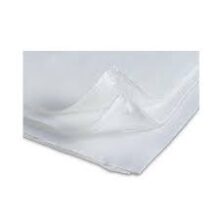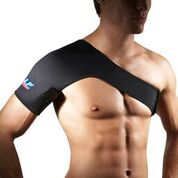Arm Sling
Login For Dealer Pricing
The LP Arm Sling supports your injured arm and allows its weight to be borne by the back and shoulder. With an adjustable hook and loop closure for proper height adjustment and a special netting material to prevent heat build up, this sling has the features you need to wear it all day long with maximum support and minimum discomfort.









